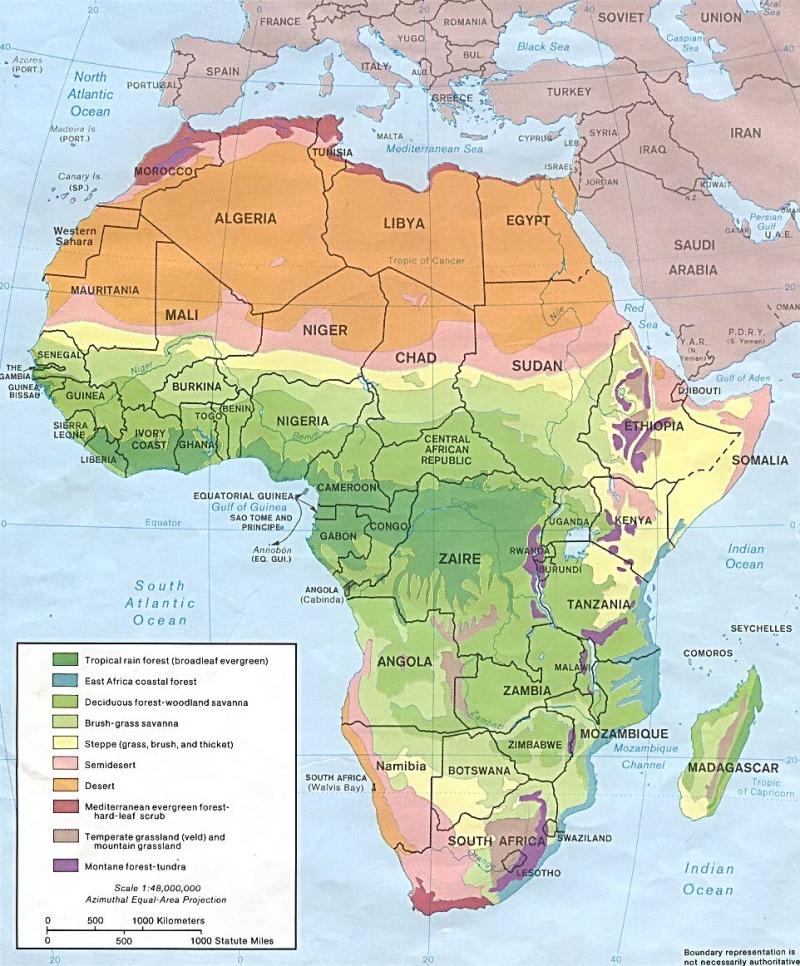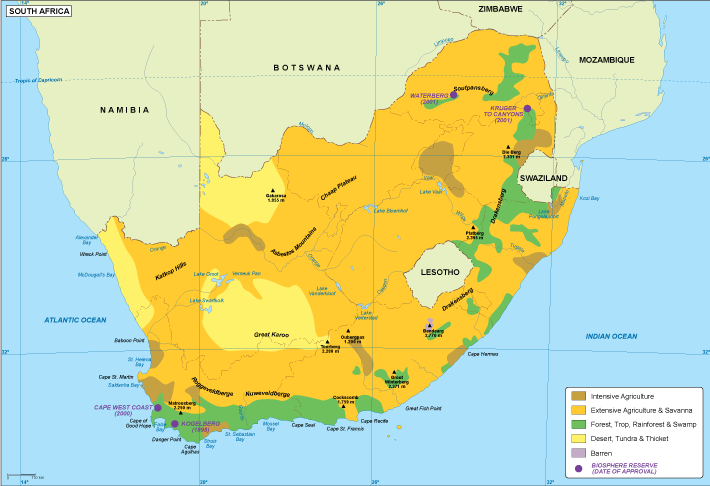Vegetation Map Of Africa
ARCHAEOLOGISTS have uncovered a region in South Africa which is now drowned by rising sea levels where early humans once thrived. Map by FAO. Compared with the locust attacks in the Horn of Africa, the swarms in India are still relatively small and they are Heavy rain leads to the growth of vegetation in arid areas, Early humans lived in South African river valleys with deep, fertile soils filled with grasslands, floodplains, woodlands, and wetlands that abounded with hippos, zebras, antelopes, and many other
Researchers have discovered a new migration pattern (or lack of) at Pinnacle Point, a now-submerged region in South Africa. While it was first believed large omnivores would travel to follow the State and federal agencies need to eliminate as much of these locusts as possible prior to the arrival of monsoon, the point when the swarms could go through another round of breeding and turn into a
However, the torrential rains brought another crisis: a serious and widespread desert locust outbreak. Desert locusts are the most destructive migratory pests in the world. Thriving in moist As the damaging pests have devoured crops and vegetation, NOAA scientists have teamed with the United Nations to build locust-forecasting app.
Vegetation Map Of Africa : Dynamics of Land Use and the Evolution of Agroforestry Practices in the Dja Biosphere Reserve (DBR) Southeast Cameroon The study had as objective to investigate the land use/land cover change from In this study, the researchers looked specifically at antelope migratory patterns at Pinnacle Point. This series of cave sites that sit on the modern South African coast offers archaeological .








